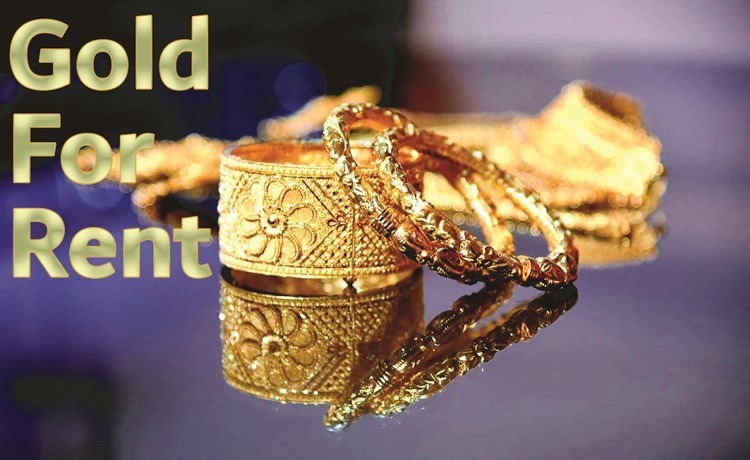
As gold prices surge to record levels this year, wealthy investors are no longer content to keep their bullion locked away. A growing number are now leasing their gold to jewelry manufacturers and refineries in exchange for regular returns —transforming a traditionally passive asset into an income-producing one.
SafeGold reports that leasing volumes have jumped from just $2 million to $40 million since the beginning of the year, reflecting a rapid shift in investor behavior. Founder Gaurav Mathur told CNBC, in remarks cited by Al Arabiya Business, that clients holding millions of dollars in bullion increasingly ask whether they can lease it out instead of simply storing it.
This model offers benefits on both sides. Long-term gold holders earn returns paid in gold, while manufacturers gain access to the metal without being exposed to volatile price swings. Borrowers repay the same quantity of gold, not cash, ensuring stability in production costs, reports Al-Anba daily.
SafeGold currently provides returns of up to 2 percent on secured contracts and 4 percent on unsecured ones, slightly lower than previous levels of 3 and 5 percent. Other companies, including Monetary Metals, offer comparable arrangements linking investors directly with industrial users. Founder Keith Weiner notes that investors are no longer purchasing gold solely in anticipation of price appreciation: “They want to put their gold to work.”
Despite the growing appeal, specialists warn of credit and operational risks, including potential default or fraud. Leasing companies say they conduct strict due diligence, maintain insurance coverage, and rely on tracking technologies such as RFID chips to monitor gold movements. They also emphasize that defaults remain rare.
With gold prices up more than 50 percent this year and reaching their highest levels since 1979, jewelry makers and manufacturers are struggling to secure sufficient financing. Traditional loans often fall short of covering the soaring cost of gold, making “gold-for-gold” contracts an increasingly practical solution. While gold leasing has long existed among central banks and major institutions, the entry of individual investors marks a notable evolution in the market.
At the same time, China continues expanding its gold reserves. Goldman Sachs estimates that Beijing added about 15 tons of gold to its foreign exchange reserves in September—far above the officially reported 1.2 tons. The bank says central banks collectively bought around 64 tons of gold that month, more than triple August’s total, and expects strong buying to continue through November.
Gold prices, however, have edged lower for three consecutive sessions amid waning expectations of another U.S. Federal Reserve rate cut next month. Even so, central bank purchases remain one of the main drivers behind gold’s multi-year rally, which pushed prices above $4,380 an ounce in October before easing slightly.
China’s gold reserves reached 74.06 million ounces at the end of September, rising to 74.09 million ounces by the end of October—an increase of 1.8 percent compared to a year earlier. The value of these reserves climbed to about $297.21 billion in October, while China’s total foreign exchange reserves reached $3.3433 trillion, a 0.14 percent increase from September.













